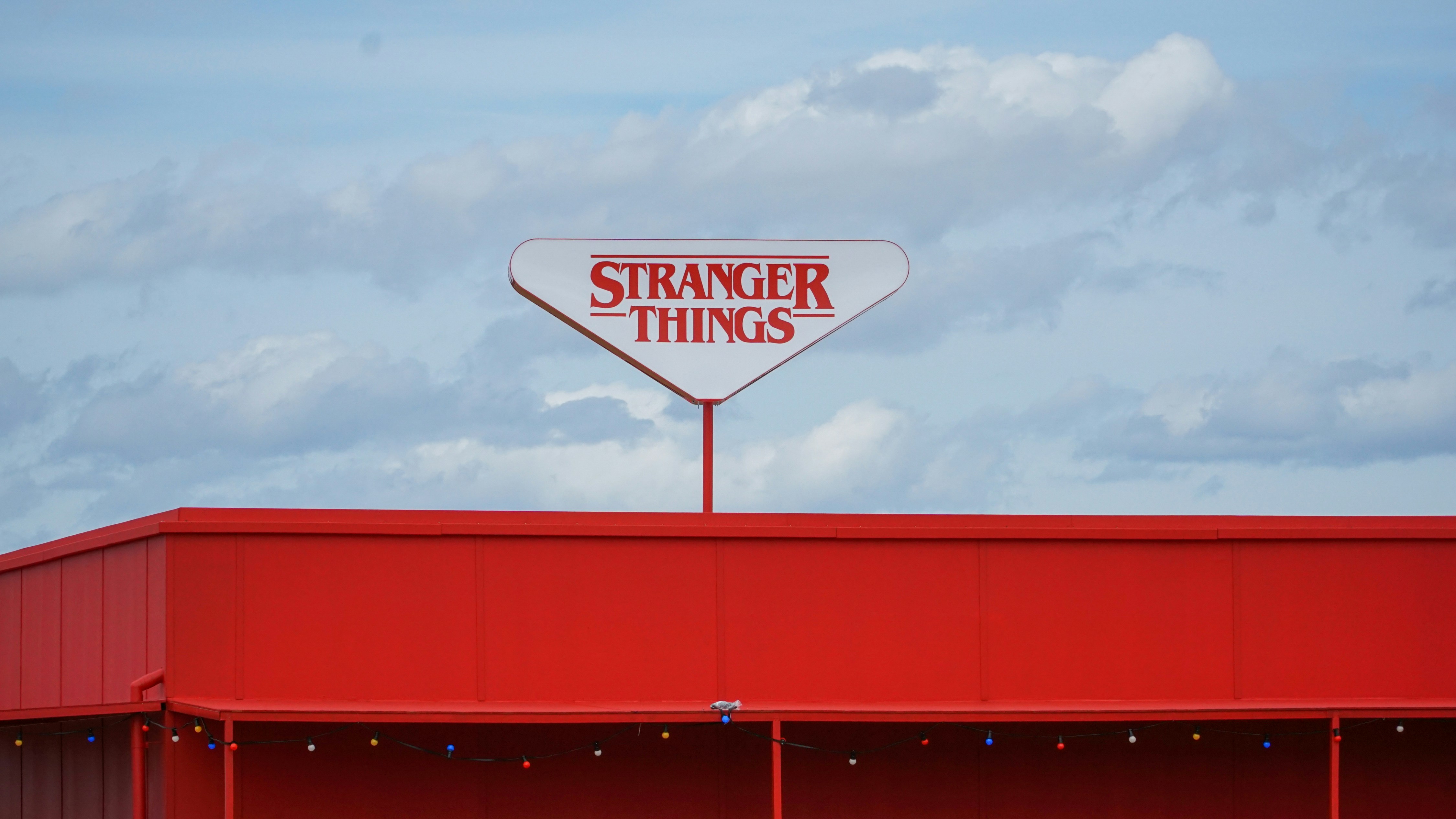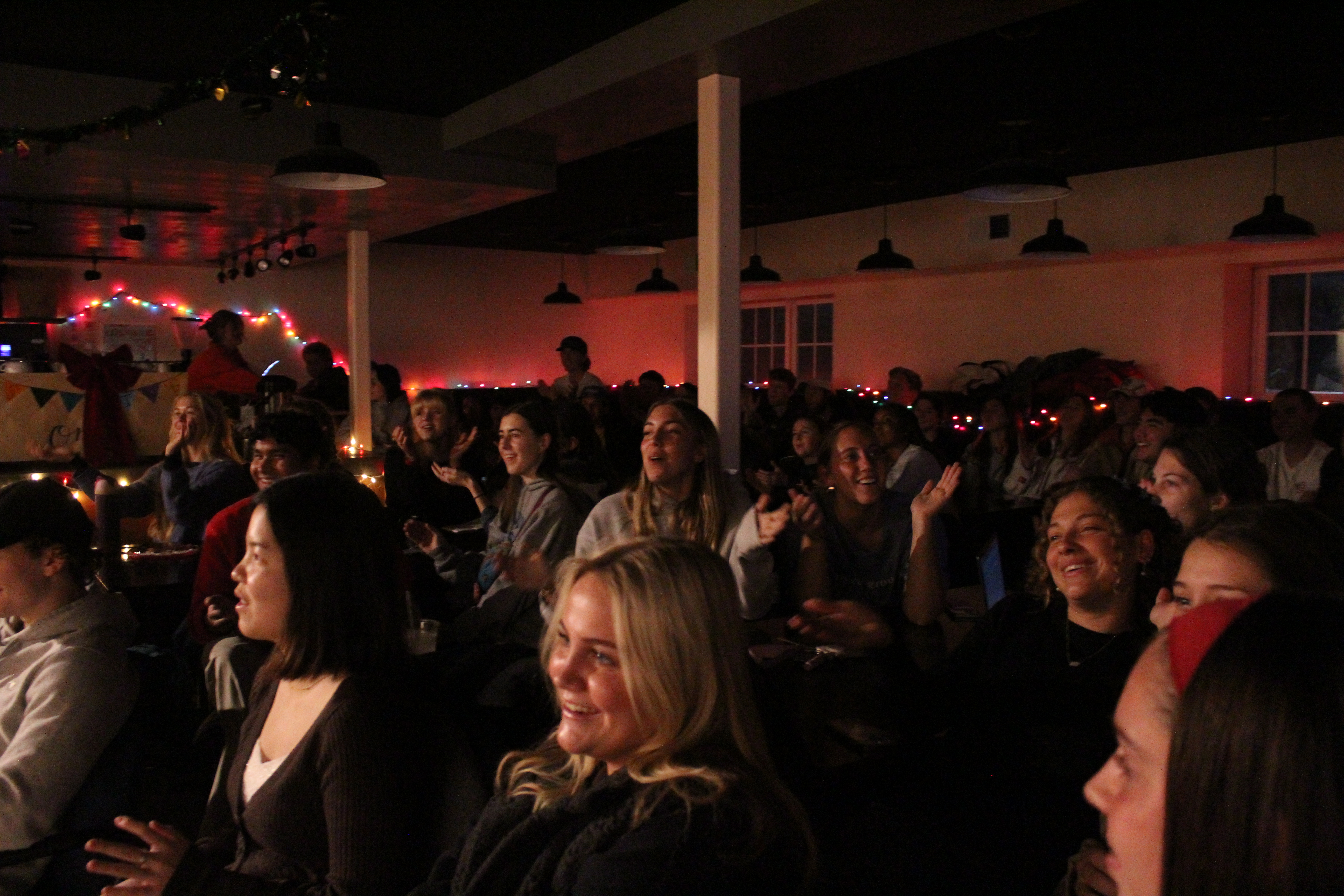![]()

Facebook’s live video feature gained a negative reputation after four individuals turned to the network’s new platform to broadcast themselves torturing a young man with special needs.
The incident began on New Year’s Eve when the victim was picked up by an acquaintance from a McDonald’s in Chicago, Illinois. The acquaintance, Jordan Hill, along with the other suspects Tesfaye Cooper, Brittany Covington and Tanishia Covington, left with the victim in a stolen vehicle.
“Hill took the teen to a third-floor apartment in Chicago, where he was bound and gagged, beaten over several days by the two male and two female suspects,” CNN reported.
On January 3rd, the live video was streamed to Facebook users which showed gruesome abuse.
Randy Hollingsworth, professor of communication, said there is a difference between the live video feature and other media platforms.
Hollingsworth believes when a viewer watches a harmful act being done to someone live, it has a different psychological effect than watching a pre-recorded act.
“If you are watching something that’s pre-recorded, it’s happened in the past, it’s archive. The viewer might not know how far removed this was,” Hollingsworth said. The viewer can find out when the event occurred and if justice had been served, unlike watching a live streaming.
“As a viewer watches something go wrong over live video they ask themselves, ‘Do I need to respond and say this is wrong, and who do I tell? How do I report that this is going on right now, and how do I get someone to stop that thing?’ There is a sense of immediate responsibility,” Hollingsworth said.
During the video the suspects shouted offensive statements against Donald Trump and Caucasians in attempt to show viewers the reasoning behind their behavior.
It was not long before the video reached the Chicago Police Department and officials were able to locate the apartment. The victim was found outside the building beaten and left with little clothing.
All suspects were taken into custody, denied bail, and charged with “hate crime, kidnapping, unlawful restraint, and battery charges” CNN reported.
Since the feature was released, videos showing violence and even suicide have hit news feeds across the globe.
Due to this horrifying event and others like it the saftey of Facebook’s live feature is being questioned.
“Even though the technology is different, the concept is the same. People can have ideas and they can get their ideas out to many people at one time,” Hollingsworth said. “Technology itself is not bad, it’s what people do with it,” he added.
Hollingsworth said Facebook’s new feature has the opportunity to benefit society. Since the release of Facebook live, he has seen businesses use the network to allow their audience to join them as they share exciting news about their company.
Kaity Kaderli, senior child and family studies major, said she also believes that the platform can both benefit society and harm society, depending on how it is used.
“Facebook live can be used to show special moments to family and friends who do not get to be there to share that moment with them,” Kaderli said. “I don’t believe that Facebook created the feature for evil. ”




